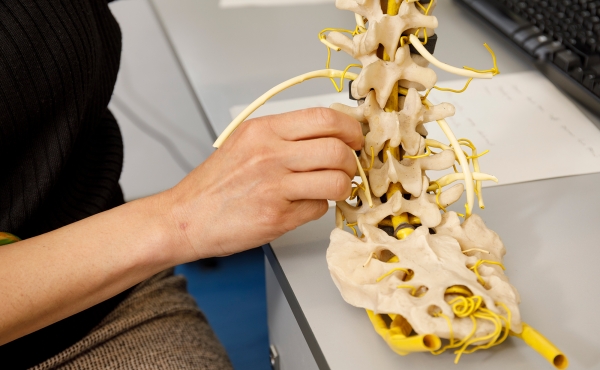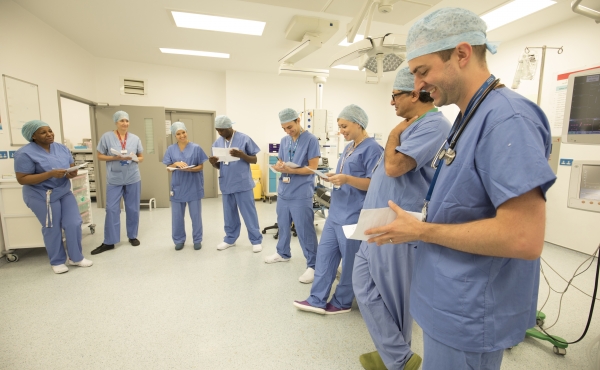Stage 3 Pain Training
What is Stage 3 Pain Training?
Stage 3 Pain Training - previously known as 'Higher' Pain Training - aims to build on the training in Stage 2 to leading to a level of independent practice. This takes place in the final 2 years (ST6 and ST7) of an anaesthetic training programme. It is a mandatory part the Anaesthetics CCT and is essential for future Pain Medicine consultants.
- Doctors who wish to practice solely in acute/inpatient pain will generally undertake Stage 3 Pain Training to progress to Stage 3 Special Interest Area (SIA) Acute Inpatient Pain Training.
- Doctors who go on to also practice in chronic/outpatient pain, will need Stage 3 Pain Training to progress to Stage 3 SIA Pain Medicine Training.
- The skills and experience gained in the SIAs also informs some of the capabilities for Stage 3 Pain and vice versa. So there can be some overlap between Stage 3 Pain and SIAs.
What will I learn?
During Stage 3 Pain Training, trainees should become fully competent in the assessment and management of acute surgical, acute non-surgical and acute on chronic pain in all patients and circumstances. They should have knowledge and skills in the management of chronic and cancer pain and become an effective member of a multi-professional pain management service.
Completing Stage 3 Pain training
There are no minimum or maximum sessions for Stage 3 Pain training and the HALO sign off will depend on the evidence gathered with SLEs supporting the achievement of the key capabilities and learning outcome. Completion of the HALO will be by your Faculty Tutor in Pain Medicine or Regional Advisor in Pain Medicine.
Completion of a HALO requires the following evidence:
- supervised learning events (ACEX, ALMAT, A-QIPAT, CBD, DOPS) to suggest level of supervision
- personal activities
- personal reflections
- multiple trainer report(s) that include Pain.
Counting experience from outside the training programme towards a CCT
Anaesthetists joining the training programme may be able to have some of their prior UK experience count towards their CCT. RCoA guidance on this process can be found here.
Does specialising in Pain Medicine mean moving away from Anaesthesia?
Although it is certainly a different area, with its own qualities, challenges and interests, the majority of Pain Medicine specialists also work as anaesthetists and find the two areas of practice not only complimentary but enhancing.
The modern approach to managing chronic pain is multi-disciplinary and multi-professional; within that model there is still a strong requirement for the diagnostic, therapeutic and procedural skills possessed by doctors who have undergone anaesthesia training.
Commissioners and service providers recognise this and value of the breadth of medical and surgical knowledge and leadership skills of anaesthetists trained to consultant level. Pain Medicine posts are generally aimed at applicants with Stage 3 SIA level pain training.
Resources to help you wiht your training journey:
- FPM Learning - an open resource providing a variety of teaching materials including case reports, journal club, recommended reading, webinars, podcasts, updated exam resources to name a few. We hope that this resource will help you to feel supported in your training.
- e-Pain - an e-learning programme aimed at improving understanding of pain and pain management
- FPM Thrive - is the Faculty's career mentoring and personal development programme. With a demanding career it can be hard to strike a balance between professional and personal life. FPM Thrive aims to help clinicians achieve this through strong mentoring relationships based on collaborative development and learning.
Are you ready for the next level?
Find out about Stage 3 Pain Training.



